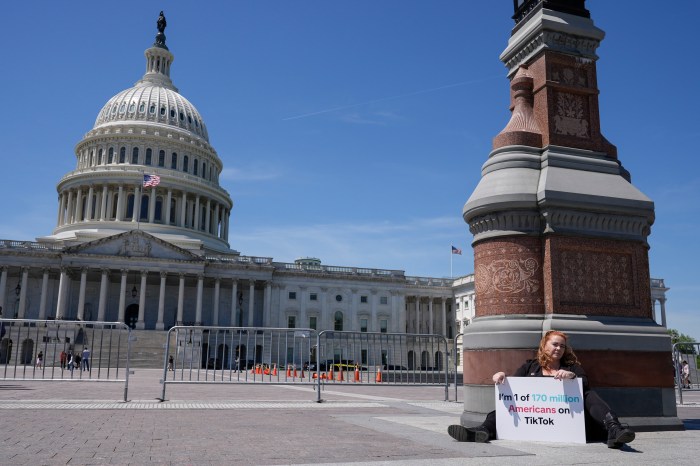
From Harry Potter and “Game of Thrones” to countless copycat book series aimed at readers of all ages, comprehensive fantasylands abound these days. And while George R.R. Martin’s universe is seemingly set to dominate HBO programming for years to come, and tie-ins to J.K. Rowling’s creation can be found from Broadway to Dylan’s Candy Bar, it wasn’t always this way. In fact, it was never this way until J.R.R. Tolkien.
The author of “The Hobbit” and “The Lord of the Rings” did more than write stories, he created a world — Middle-earth — by inventing languages (both written and oral), mythologies, races and geographies.
“Tolkien: Maker of Middle-earth,” the new exhibit at the Morgan Library, illuminates Tolkien’s boundless talent and creativity, as well as showcasing the sweep of his efforts, even by today’s standards.
“[He was] the first and the best,” exhibit curator John T. McQuillen told amNewYork. “His sort of world creation is not, I don’t think, matched by George R.R. Martin, or even J.K. Rowling. The history of his setting goes far beyond anything that either of them in their narratives, I think, accomplished, or even maybe aimed to do.”
The exhibit, presented in cooperation with Oxford University’s Bodleian Libraries, where Tolkien worked and studied from his undergraduate days until his death in 1973, includes more than 110 photos, watercolors, illustrations, texts, maps and more.
Die-hard fans will probably recognize many of the exhibit’s numerous highlights, from Tolkien’s iconic drawings for “The Hobbit” (both the dust jacket and six watercolors that appeared in the first edition); to his unused cover designs for “The Lord of the Rings” trilogy; to an ink-and-pencil sketch of the doors into Moria from 1953. Seeing the originals — done by Tolkien himself — is particularly poignant, much like the difference between gazing at a dorm room poster of Monet’s Water Lilies and standing before the real thing hanging in the Musee de l’Orangerie in Paris.
Most spectacular perhaps are the maps, including an exquisite 1937 drawing of the area around Mirkwood forest, the first sketch of The Shire from 1938, and the sprawling plot of Middle-earth that Tolkien used while writing “The Lord of the Rings” from 1937 to 1949.
The level of detail in some of these maps is astonishing, down to individual trees, evoking early cartographic masterpieces such as the Ratzer Maps of New York from the 1760s, which were on view at the Brooklyn Historical Society in 2015. Tolkien’s maps did more than document the landscape, however: they were integral to his creativity. “The map came first,” McQuillen said, “and he made the story to fit.”
The stories continued to spread beyond the boundaries, as can be seen repeatedly, like the Elvish-language letter Tolkien wrote for a “Return of the King” epilogue that was eventually cut by the publisher.
“When you read ‘Lord of the Rings,’ you have your one narrative, but you have the sense that it is part of a larger whole,” McQuillen said. A rare chance to experience that larger whole is “Tolkien: Maker of Middle-earth.”
‘Tolkien: Maker of Middle-earth’ is on display at The Morgan Library & Museum from Friday through May 12, 225 Madison Ave., themorgan.org.

















